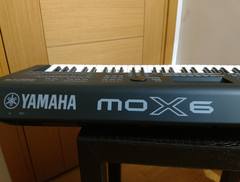Long range drones
-
Featured Topics
-
Topics
-
1
-
4
-
goatedpenguin ·
Posted in Programming0 -
lizziemc12 ·
Posted in CPUs, Motherboards, and Memory11 -
1
-
Valeatis ·
Posted in Power Supplies1 -
2
-
1
-
redywox ·
Posted in New Builds and Planning11 -
Mahbub ·
Posted in General Discussion3
-

.png.255947720031a641abdac78e663b681c.png)

.thumb.jpeg.9babd505c85c11addf31a285a02547cc.jpeg)















Create an account or sign in to comment
You need to be a member in order to leave a comment
Create an account
Sign up for a new account in our community. It's easy!
Register a new accountSign in
Already have an account? Sign in here.
Sign In Now